It is a journey which has taken Bill Muir four decades to complete.
But the 74-year-old retired Royal Marines Commando is preparing to make the 8,000-mile trip back to the Falklands where, in 1982, he returned the island flag to its capital after the UK repelled Argentina’s invasion of the remote archipelago.
And the former green beret says he expects emotions to swell like the towering South Atlantic waves when the “full circle” is joined on Stanley’s craggy landscape early next month.
Dramatic and deadly turn of events
Bill, from Letham in Angus, is leading a party of 20 veterans on the trip to the far south at the invitation of the Falkland Islands government.
He was a leader too in April 1982 as a Sergeant Major in Naval Party 8901, having left 45 Commando at Condor in Arbroath to sign up for a 12-month tour of duty on the islands.
“I had always wanted to go there and thought it would be like a year-long outward bounds course,” he said.
The then 34-year-old was well aware of the simmering territorial tensions.
But little did he and his comrades realise the situation about to unfold as they landed just four days before the Argentine invasion of April 2.
In darkness, the South American forces came ashore in numbers.
“There were just 79 of us across two detachments and the Argentines brought around 700 men,” said Bill.
“We were tasked with defending Government House, but it was obvious we were vastly outnumbered.”
Firefight
And for the first time since joining the elite force as a junior marine a month after his 16th birthday, Bill found himself caught in a deadly firefight.
“I’d been involved in skirmishes in Aden, but this was the first real battle,” he said.
“At 2am we all left our barracks at Moody Brook and the invasion started from about 4am.
“They started coming ashore in the most easterly part of the island and at 6am from the westerly part.
“I heard the explosions at the barracks, which were empty.
“That’s when we knew they were coming from both the east and west.
“Government House is right on the edge of Stanley and the decision was taken to protect the civilians in the town.
“We were tactically surrounded.”
He remembers the hissing sound of enemy fire puncturing the tyres of British ammunition trucks parked around the governor’s house.
Mercifully the bullets were inches away from detonating their explosive cargo.
“I had two children at home and it was the first time I had really been in that situation,” said Bill.
But the consequential inevitability of the size of the rival forces led to the order that the British servicemen should lay down their arms.
It came without loss of life, against the first 17 Argentinian casualties in a toll which would climb to almost 650 before their surrender on June 14.
And he recalls: “The Argentinian flag was prepared for hoisting on top of Stanley House but the rope snapped in the breeze, which was cheered by the British troops.”
House arrest
“We were allowed to collect some things from our barracks and then taken as prisoners of war to Montevideo,” said Bill.
“We were kept there for three days under house arrest in a hotel until the RAF came to collect us.
“They treated us with respect and then I came back home, had a week here and joined the task force with 42 Commando.”
Its Royal Marines were involved in battles including Goose Green, Mount Harriet and the taking of Stanley before the war came to an end.
Then Bill found himself with the honour of returning the island standard to the flagpole of Government House.
“Major General Moore, the commander of land forces, gave our detachment the honour of replacing the Falkland Islands flag as we were the ones there when it was taken down.
“Major Mike Norman, who was our commander when we landed, said ‘over to you, Sergeant Major’ and I raised the flag.”
National day of remembrance
The 40th anniversary of the conflict may have passed, but Bill and his fellow veterans are making the ten-day trip to be part of the annual Falkland Islands battle day on December 8.
The annual national holiday commemorates the second major naval engagement of the First World War when a small British fleet destroyed the German South Atlantic squadron.
The 1914 Memorial sits on a headland west of Government House in Stanley.
The British group will include more than a dozen of the commandos gathered in a treasured photograph from 1982 of the flag being hoisted in Stanley with Bill at its centre.
And a plaque will be unveiled to mark the modern-era conflict.
Mixed emotions
Bill added: “I may get the honour of unveiling that plaque and that would be quite a nice circle for me.
“My father was a hill shepherd in Glenisla so I think that terrain and life there may have been part of me wanting to go to the Falklands and see what they were like.
“I hadn’t really thought about going back – it is so far – but this opportunity arose and I thought it would be something I would like to do.
“So I think it’s going to be quite emotional in one way, and really quite interesting in another way.
“The Falkland Islands can’t be what it was like 40 years ago, and I’m not sure it’s what the islanders would want.
“And the other part of going down there is the recognition that we did actually fight for the Falklands Islands that night in April.
“When we came back there were a few comments about it hardly being our Rorke’s Drift,” said Bill, referencing the famous South African battle of 1879 where just 150 British and colonial troops defended attacks by as many as 4,000 Zulu warriors.
“We felt that hurt a bit, we fought to protect the people of Stanley, so it will be nice to see that recognised.”
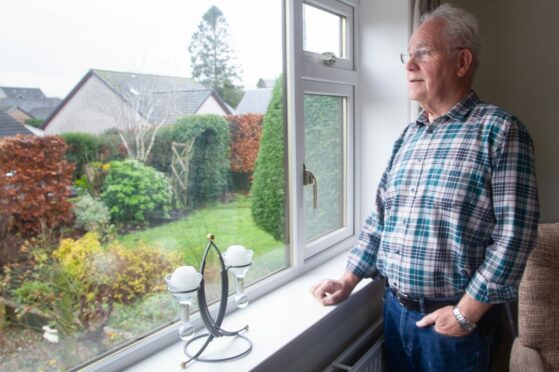
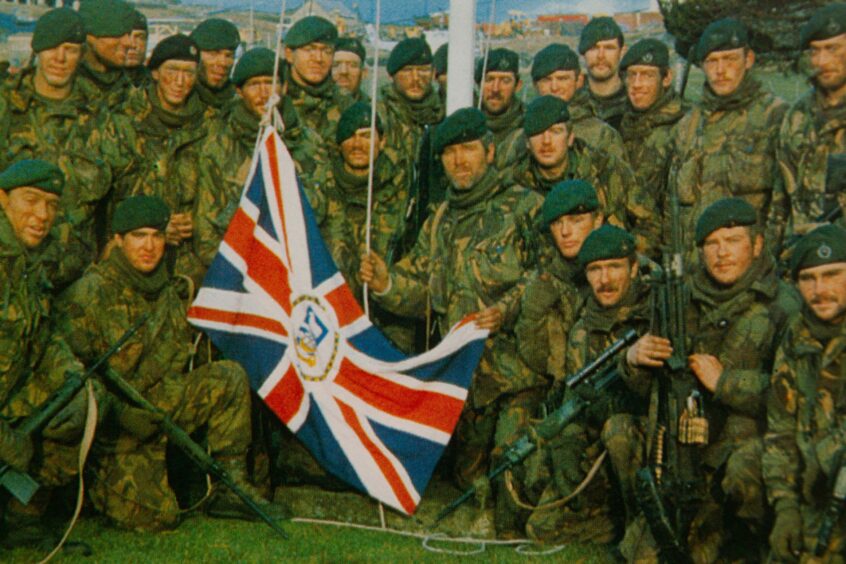
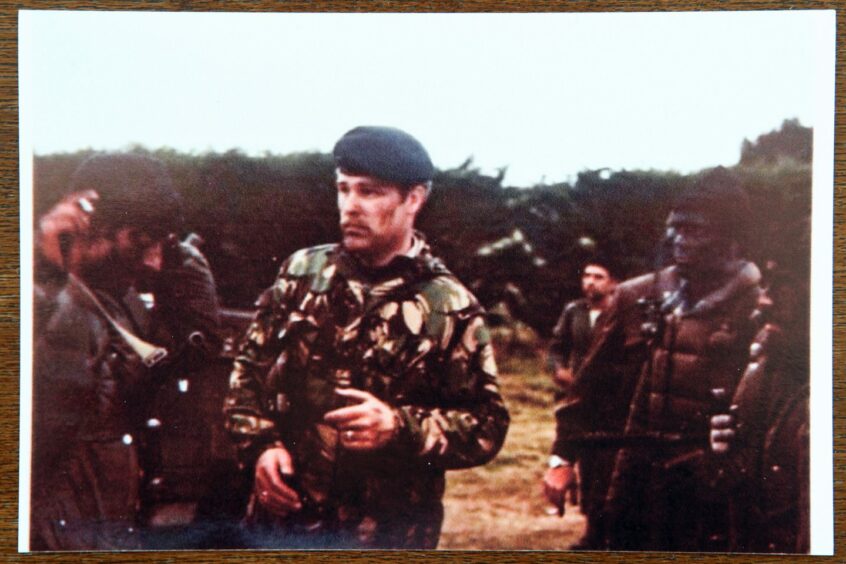
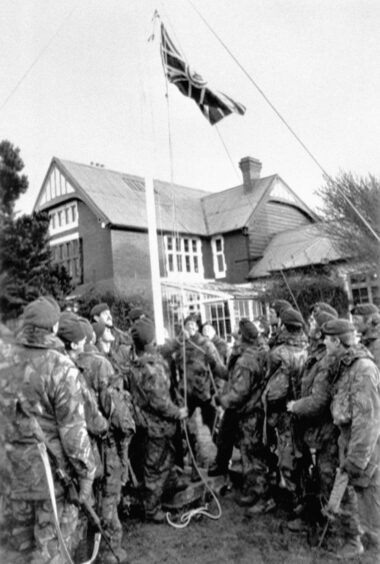
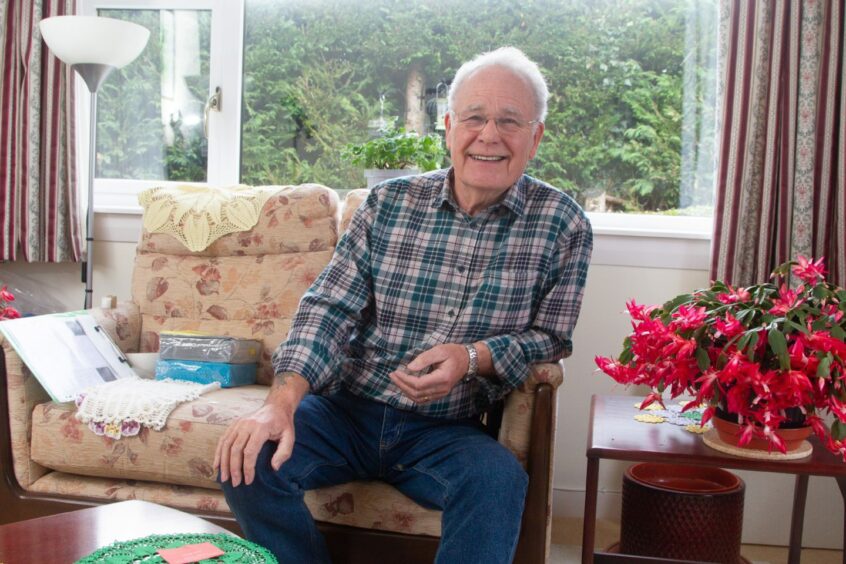
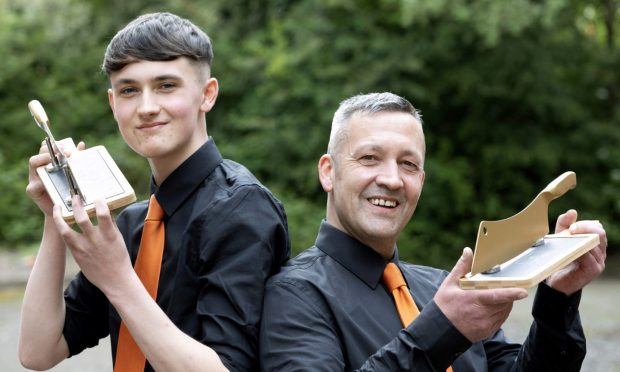
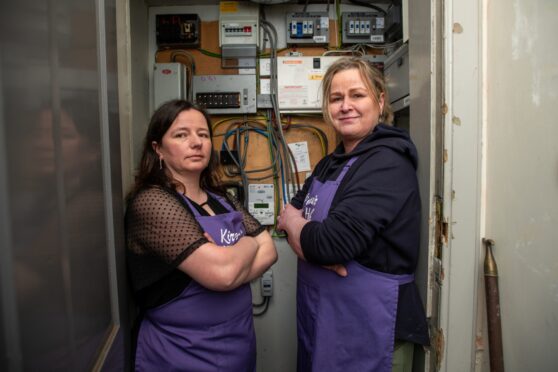
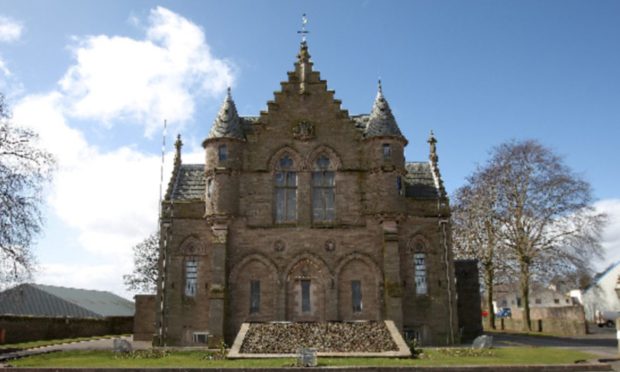
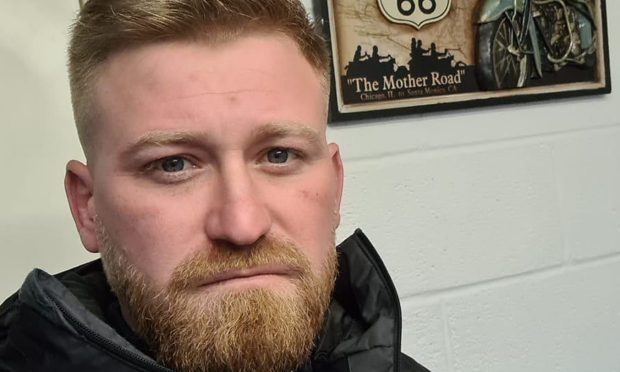
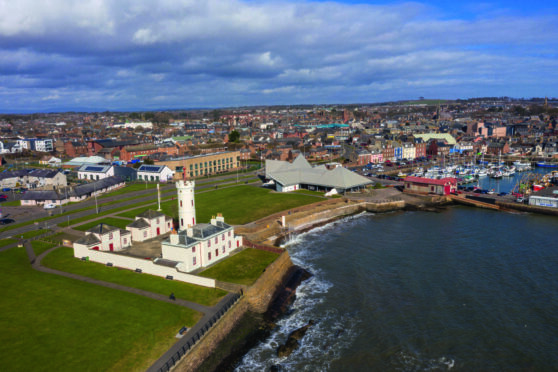
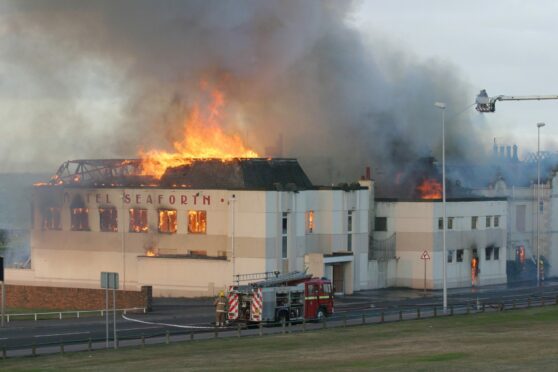
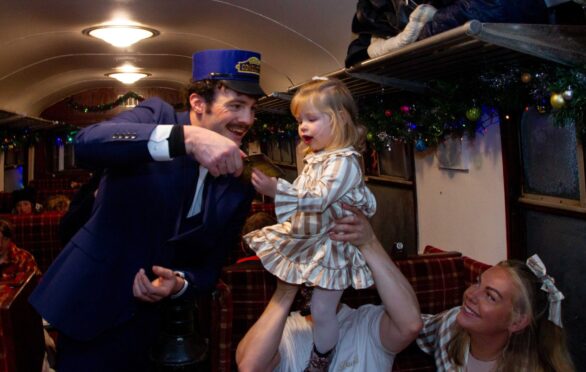
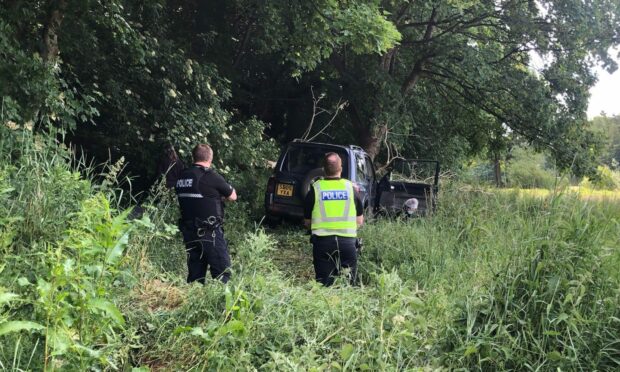
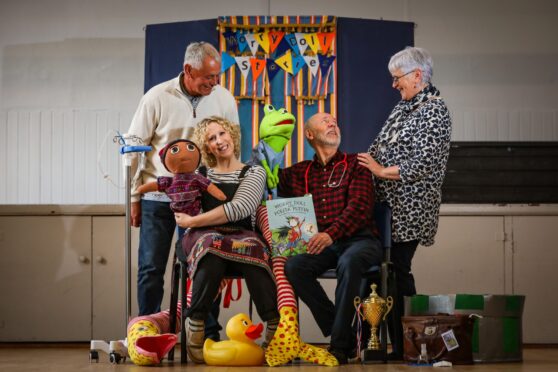
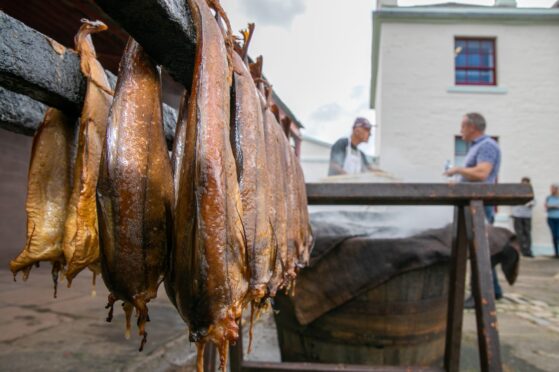
Conversation